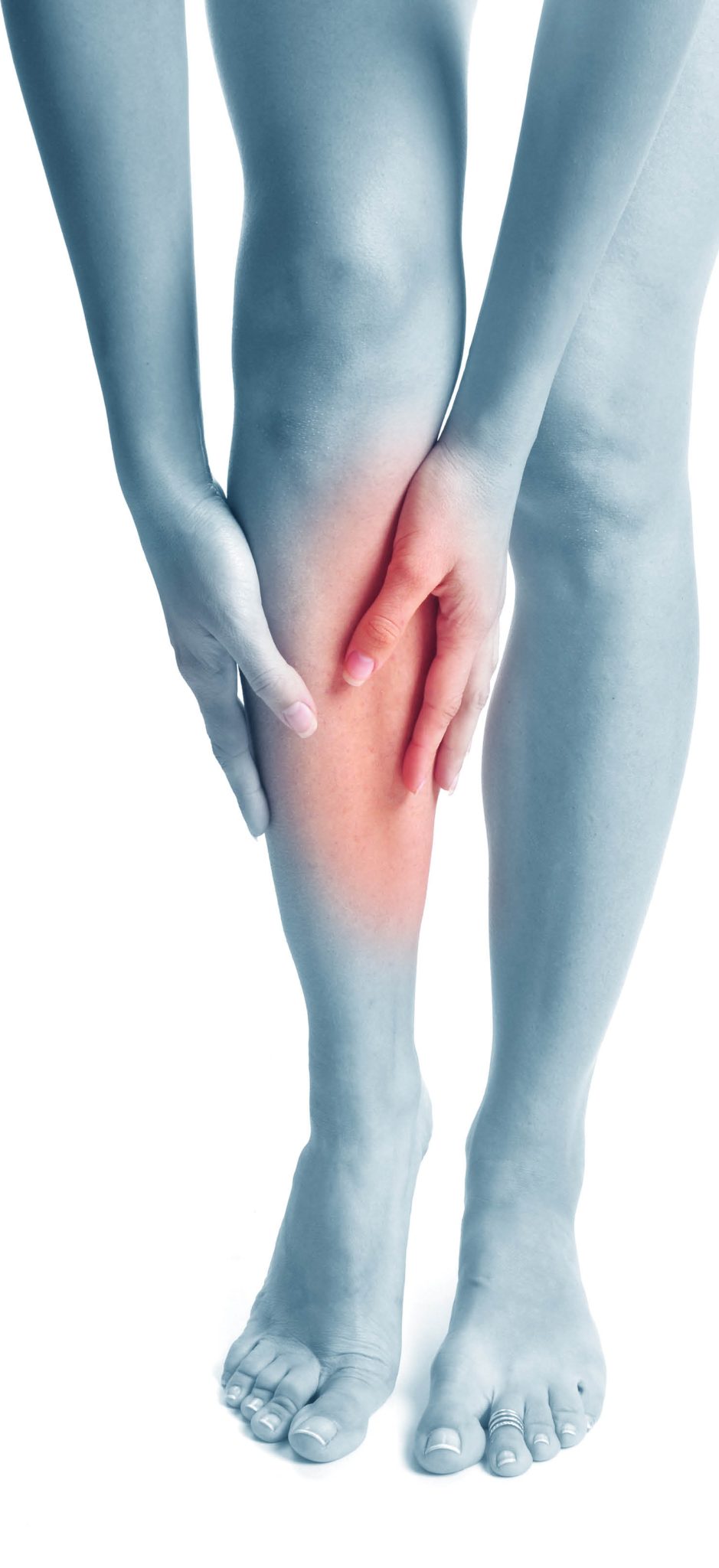
By Marie Pappas
Lots of people take up running at the beginning of a new year. It is a wonderful hobby, but many new runners are plagued by shin splints, which is pain that appears after or during a run in the front or sides of the shin. Shin splints are an injury, mainly to the bones of the lower leg, that occurs when they are not yet strong enough to withstand the high-impact effects of running. It is important not to “run through” shin splints; it will only make them worse, or may even result in a stress fracture.
Prevention is the Best Cure
The best way to cure shin splints is to prevent them by following these simple principles:
- Don’t do too much too soon. It’s during rest periods that your body rebuilds itself stronger and better in response to the stress of exercise, so rest is an essential part of any training regimen!
- Increase slowly. Whether you run for time or distance, increase about 10% a week, and drop your mileage back down one week in four.
- Go slow. Most training runs should be at pace where you can still have a conversation. Often called “base mileage,” these runs build a solid foundation for a long and healthy running career.
- Strengthen your lower legs. Walk for about 100 yards on your heels and toes daily, and do sets of calf raises twice a day. Sit down with your legs straight out in front of you and draw the letters of the alphabet with each foot. Use a foam roller all over your legs and start a stretching regimen.
When prevention is not enough
If you still end up with shin splints, the first step is to rest. Either stop running entirely, or drastically scale your training back. While frustrating, it’s much better to take a short break now than be forced to quit later because the shin splints have worsened into a stress fracture or chronic injury.
Second, use ice, anti-inflammatory painkillers (NSAIDs), and possibly compression socks to treat the pain of shin splints when it occurs. Make sure to do the strengthening exercises listed above at least once a day (twice is better). For more comprehensive advice, visit your doc or a sports medicine specialist.
Finally, be cautious coming back. Rest until running no longer causes pain, and then start back slow and small. Gradually build back up to where you were before your injury and soon enough you’ll be back on the road and better than ever. Good luck!
Learn more about running here at LivingMagazine.net










